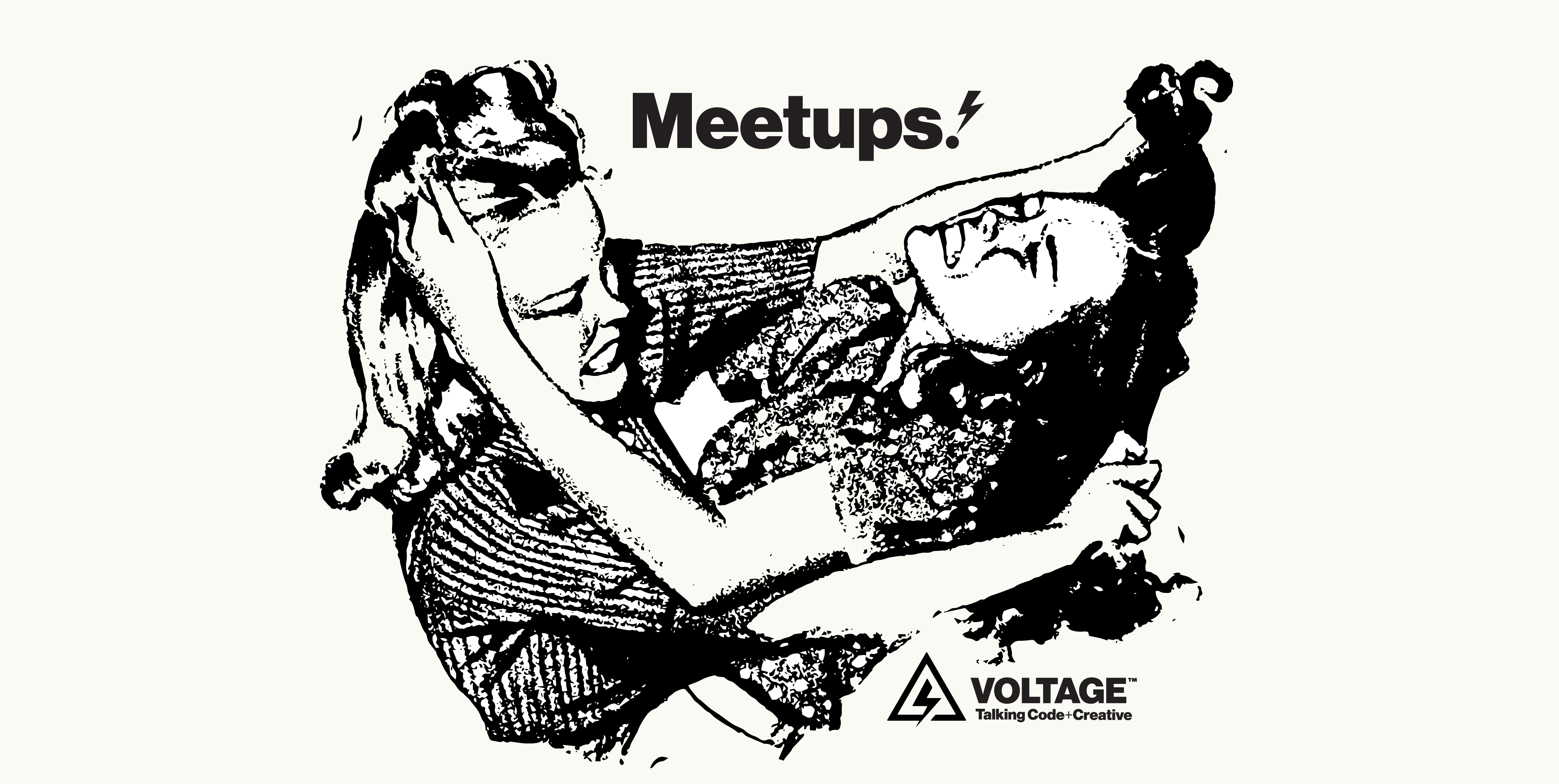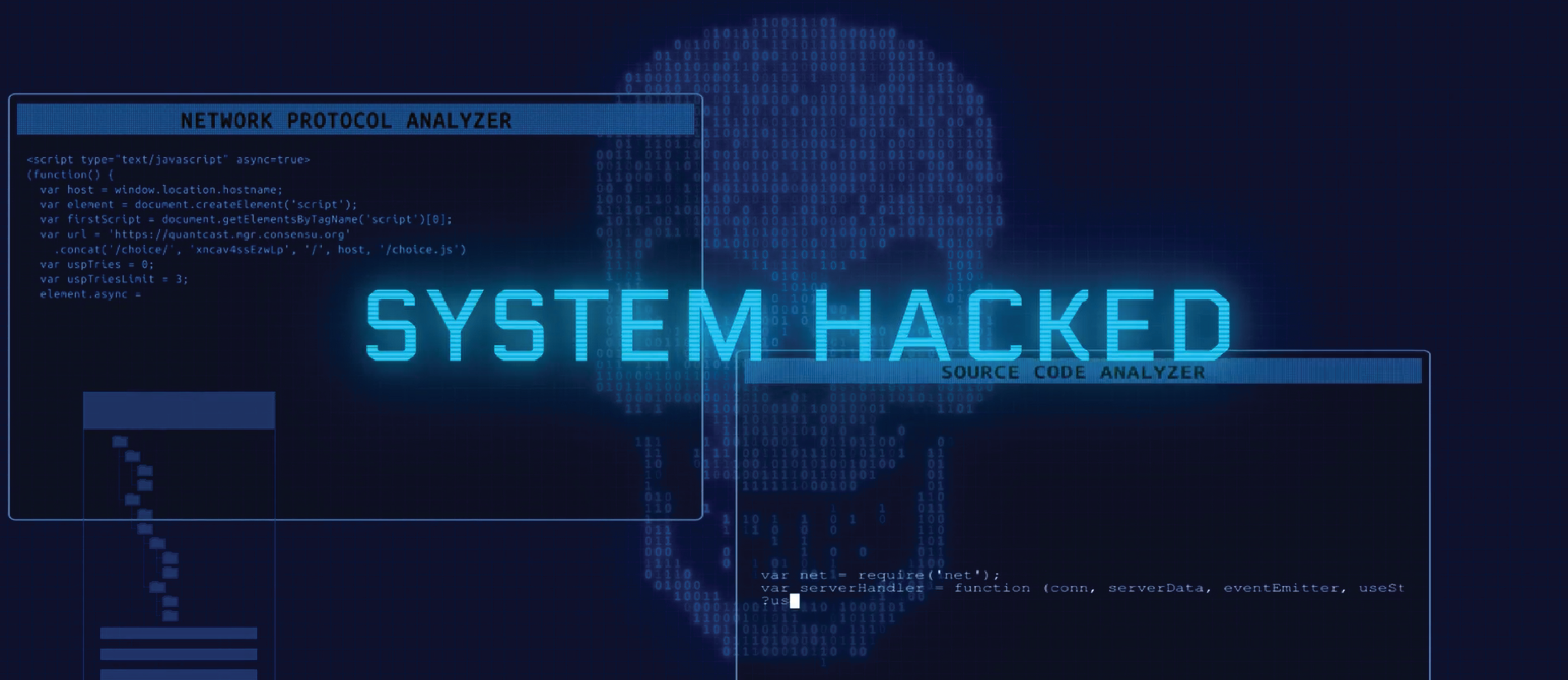Cybersecurity 101: The Unofficial Guide to Building Your Digital Fortress
In the ever-evolving landscape of digital business, establishing a robust cybersecurity practice can often feel like trying to solve a Rubik’s Cube blindfolded. We get it. The journey is challenging, and the road is often riddled with unexpected twists and turns. It’s a daunting task for businesses, big and small, to navigate the complex web of threats and defenses, all while trying to keep their doors open and lights on. However, trust me when I say, you’re not alone in this journey. In this article, my goal is to deepen your grasp of cybersecurity and empower you to take those critical first steps toward fortifying your business’s cybersecurity posture.
Why Should Cybersecurity Matter to You?
As a CTO, I am asked that question more times than I care to mention. However, regardless of who’s asking, my response begins with a simple follow-up question – do you lock your entry doors before going to sleep at night? This question is the digital equivalent of locking your front door at night. Elaborating further, imagine if your bank treated its vault like your uncle treats his collection of rare coins – no locks, no guards, just a “trust me” sign. Well, that’s what a business is doing when it doesn’t invest in and prioritize cybersecurity.
Your users and clients trust you with their data, and it’s your job to protect it like it’s the last roll of toilet paper during a pandemic.
Concerns Associated with Cybersecurity Investments
Businesses often skip implementing a cybersecurity program or plan of action over various concerns. The concerns below, while not comprehensive, are often identified as roadblocks on the path to bolstering your organization’s defenses.
- Perceived Cost: Cybersecurity measures can be seen as expensive, both in terms of initial setup and ongoing maintenance. Small businesses, in particular, may worry about budget constraints.
- Lack of Awareness: Some businesses may underestimate the importance of cybersecurity, believing that they are too small or insignificant to be a target. They may not fully understand the potential consequences of a breach.
- Complexity: Cybersecurity can be a complex and rapidly evolving field. Businesses might feel overwhelmed by the technical jargon and the constantly changing threat landscape, making it seem like an insurmountable challenge.
- Resource Constraints: Many businesses, especially smaller ones, might not have dedicated IT or security teams. They might lack the expertise and manpower to implement and manage a robust cybersecurity program effectively.
- User Convenience: Strict cybersecurity measures can sometimes be perceived as inconvenient by employees. Businesses may worry that strong security practices could slow down workflows or impede productivity.
Despite these challenges, it’s crucial for businesses to recognize the cost of a cybersecurity breach. In 2023, the average cost of a cybersecurity incident surged upward to $4.5 million globally, which left impacted businesses grappling with the financial aftermath.
The Unofficial 15-Step Guide to Building Your Digital Fortress
Let’s delve into the practical steps required to strengthen your business in the realm of cybersecurity.
Initiating a cybersecurity practice at your business, regardless of its size, entails a series of crucial steps aimed at securing your digital assets and sensitive data.
1. Assessment and Risk Analysis
- Begin by identifying your digital assets, including data, devices, and networks.
- Conduct a comprehensive cybersecurity risk assessment to identify potential vulnerabilities and threats specific to your business.
Who can help?
Cybersecurity consultants, managed security service providers, government and industry guidelines, online security assessment tools |
2. Create a Cybersecurity Policy
- Develop a cybersecurity policy that outlines your organization’s approach to security.
- Specify roles and responsibilities for employees regarding security practices and incident response.
Who can help?
Cybersecurity consultants, legal/compliance experts, government resources, industry associations, online tools |
3. Employee Training and Awareness
- Provide cybersecurity training and awareness programs to educate your employees about best practices, such as recognizing phishing attempts and maintaining strong passwords.
Who can help?
Cybersecurity training providers, internal IT/security teams, cybersecurity conferences and seminars, online training resources |
4. Access Control and Authentication
- Implement strong access controls, ensuring that only authorized personnel can access sensitive information.
- Enforce multi-factor authentication (MFA) for critical systems and accounts.
Who can help?
Cybersecurity consultants, IT security specialists, Managed Service Providers, Cloud Service Providers, IAM providers, network and security architects |
5. Regular Software Updates and Patch Management
- Keep all software, including operating systems and applications, up to date with the latest security patches.
- Develop a schedule for regular updates and patches to address known vulnerabilities.
6. Firewall and Intrusion Detection Systems
- Install and configure firewalls and intrusion detection systems (IDS) to monitor network traffic and detect suspicious activities.
7. Data Encryption
- Encrypt sensitive data both in transit and at rest to protect it from unauthorized access, especially if it’s stored on portable devices.
Who can help?
VPN services, HTTPS(SSL/TLS), Signal, ProtonMail, IPSec, SFTP providers, VeraCrypt, BitLocker, FileVault, Google Drive, Dropbox, Veeam, Commvault |
8. Backup and Recovery
- Implement a robust data backup and recovery plan to ensure business continuity in case of a cyber incident or data loss.
9. Incident Response Plan
- Develop a detailed incident response plan that outlines the steps to follow in case of a cybersecurity breach or incident.
- Assign roles and responsibilities for incident management and communication.
10. Vendor Security Assessment
- Evaluate the cybersecurity practices of third-party vendors and service providers that have access to your data or systems.
11. Regular Security Audits and Testing
- Conduct regular security audits and vulnerability assessments to identify and address weaknesses in your cybersecurity infrastructure.
12. Compliance with Regulations
- Ensure that your cybersecurity practices align with industry-specific regulations and compliance standards applicable to your business.
13. Continuous Monitoring and Improvement
- Establish ongoing monitoring of your cybersecurity posture and adapt your practices as new threats emerge or your business evolves.
Who can help?
SIEM tools (Splunk, QRadar, LogRhythm), Snort, Suricata, CrowdStrike, Carbon Black, SentinelOne, Fortinet FortiGate, Qualys, Nessus, OpenVAS, ThreatConnect, Anomali, Darktrace, Vectra AI, BitSight, SecurityScorecard, Recorded Future |
14. Cyber Insurance
- Consider acquiring cyber insurance coverage to mitigate potential financial losses in the event of a cyber incident.
Who can help?
AIG, CNA, Beazley, Hiscox, Chubb, Travelers, Liberty Mutual, Allianz |
15. Board and Stakeholder Engagement
- Engage your board of directors and key stakeholders to communicate the importance of cybersecurity and gain their support for ongoing investments in security measures.
Who can help?
Your entire company! |
Remember that cybersecurity is an ongoing process. Regularly reviewing and updating your cybersecurity practices to stay ahead of evolving threats is the key to protecting your business effectively.
Shameless plug
In just over a year, we managed to shift VOLTAGE from a cybersecurity risk profile that kept us up at night to a comfortably low-risk status.
We started by conducting a cybersecurity assessment that felt like a reality check, revealing vulnerabilities we couldn’t ignore. We implemented stringent security measures with all the seriousness it deserved, including regular software updates, multi-factor authentication, and encryption protocols. Our cybersecurity training sessions became part of our routine, reminding everyone to stay vigilant without resorting to pirate costumes or superhero capes. We adopted a zero-trust network security model and maintained constant vigilance against potential threats. By partnering with Tekkis (our amazing cybersecurity firm), we fortified our defenses using modern tooling and processes, allowing us to fend off potential attacks.
Through our commitment coupled with hard work, we successfully shifted our agency’s risk profile from high to low, which means greater protection for our business – and most importantly, our partners.
Have questions about cybersecurity?
Ask for Aaron.








